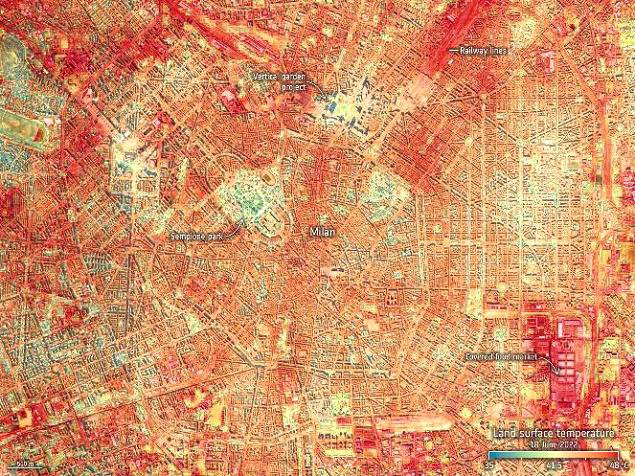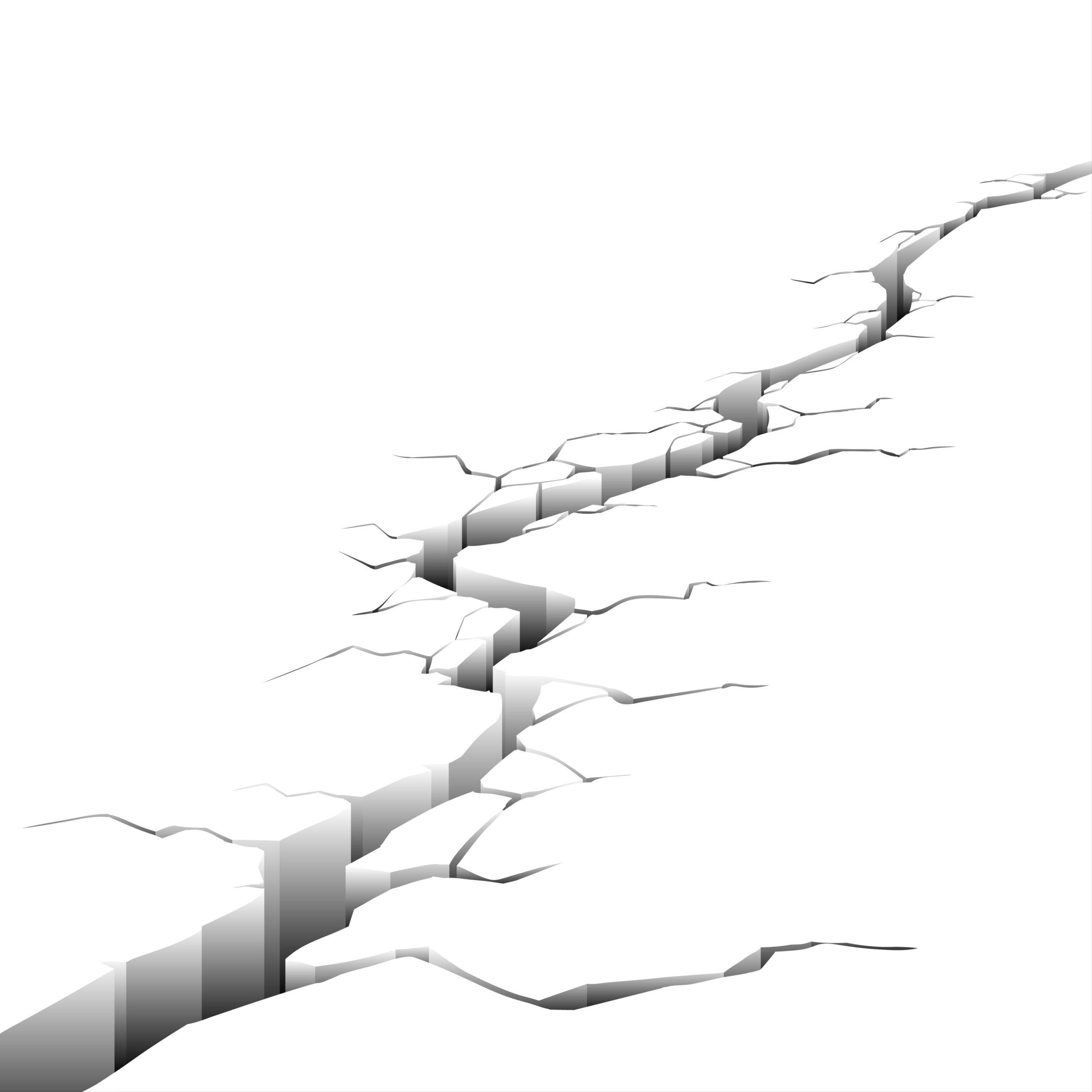
13 September, 2024
Newsletter

Underground Climate Change
In our last Newsletter, we discussed how climate change affects weather patterns and land deformations caused by these changing patterns.
Melting permafrost is a well-known phenomenon of this kind affecting vast areas in Canada, the US and Russia, but a new factor was detected recently, nicknamed “underground climate change”, which is, essentially, the change in the temperature of the subsurface soil, which may cause new types of deformations in the urban areas.
Growing air temperatures affect surface temperature and the temperature of the oceans, but this is twice the case for the urban areas, where heat absorbing capabilities of the buildings or, say, asphalt roads, are much higher than that of the fields, parks or forests.

Accumulated heat, then defuses in the air but also into the ground. Underground infrastructures, such as metro or auto tunnels, are also producing and accumulating excessive heat, and become heat tubes running throughout the cities and emitting heat into the ground.
A study last year by Alessandro F Rotta Loria for Chicago Loop (North-western
University in Evanston, Illinois) showed that the average temperature of the subterranean layers in Chicago is approximately 10°C higher than a “benchmark” or neutral level thanks to natural as well as anthropogenic temperature rise along with increasing urbanisation.

The consequences, although not yet observed on the scale, potentially can be important: soils and construction materials deform under the impact of high temperatures or higher temperature variations, large areas sink, and buildings and infrastructures crack.
Also generally accepted soil moisture levels fluctuate, leading to changing soil properties and their response to loads, shear, and strain.

This factor and risk for infrastructure crack come on top of the already known subsidence caused by underground water overexploitation as well as increasingly heavy loads introduced by new construction.
What exactly the risk of an accident in the short term remains unclear, but closer and smarter monitoring of large urban areas deformations and a thorough analysis is an immediate action, which should be undertaken by the responsible bodies.